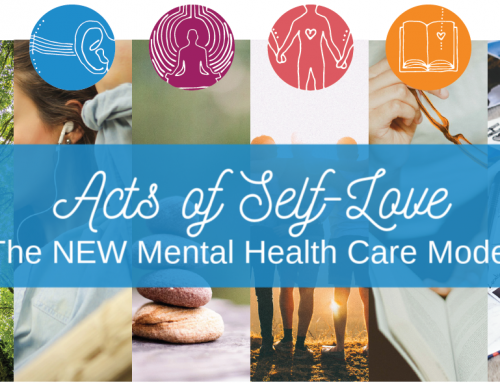Anxiety can be one of the most difficult and frightening mental health issues to deal with, especially since much of the disorder is self-manufactured fear. The stats say it all: over 40 million Americans are affected by severe anxiety, and 40 percent of adults will experience some anxiety in their life. Unfortunately, however, only a third of adults and one-fifth of teens receive treatment. Not everyone shows signs of anxiety or feels the effects of anxiety the same way. You may think to yourself, “Well, google says anxiety feels like X, Y, and Z. I don’t feel like that.” The problem with relying on a search engine for answers regarding your health is that not all humans are the same. A common cold for you may look and feel different than your best friend or your sibling. Anxiety is the same way. Do not disregard the way you are feeling because your feelings don’t necessarily check all the boxes that the internet says they should. If you feel like you might be experiencing an anxiety disorder, here are a few starting points.
What Having an Anxiety Disorder Feels Like
Mental health terms get thrown around a lot, but what’s important to remember is that there’s a big difference between feeling anxious versus experiencing a decrease in functionality and the ability to calm yourself down. Everyone has a normal feeling from time to time during stressful periods, while the latter is a disorder.
Generalized Anxiety Disorder (GAD) is characterized by:
- Obsessively fixating on details that won’t end the event.
- Overthinking
- An inability to handle gray areas or uncertainty
- A constant feeling of being on high alert
- Perceiving threats that aren’t actually there
There are also several distinct types of anxiety, including generalized, social, phobias, and panic disorder. These conditions often also go hand-in-hand with other disorders, such as OCD or mental problems like clinical depression.
Who Can Anxiety Disorders Affect?
An anxiety disorder can affect anyone, but how they respond based on age and risk factors differs. In children and teens, chronic worry can manifest in excessive worry over scholastic performance, worry over the safety of family members, massive disasters such as war or a tsunami, or avoiding social situations. Adults can exhibit the same traits. Quality of life and functionality is the tipping point between a disorder that needs to be professionally treated and run-of-the-mill worry. When the sufferer can no longer go outside or cannot think about anything except the thing they’re fixated on, it’s time to seek help. There can also be other factors in play, such as personality, genetic predisposition to anxiety, and brain chemistry. Severe anxiety can also cause physical symptoms, such as upset stomach or aches and pains. In addition, emotional stress takes a toll on the body.
How to Address GAD
Much like other disorders, counseling at I Choose Change can address anxiety with pharmacological and therapeutic modes of treatment. However, the Anxiety and Depression Association of America (ADAA) states that talk therapy, or Cognitive-Behavioral Therapy specifically, can significantly affect dealing with anxiety. Medication can supplement recovery, but essentially, you need to learn how to reconfigure your thoughts to deal with anxiety head-on. Call today for a free consultation with a certified counselor to explore how you can benefit from therapy.





